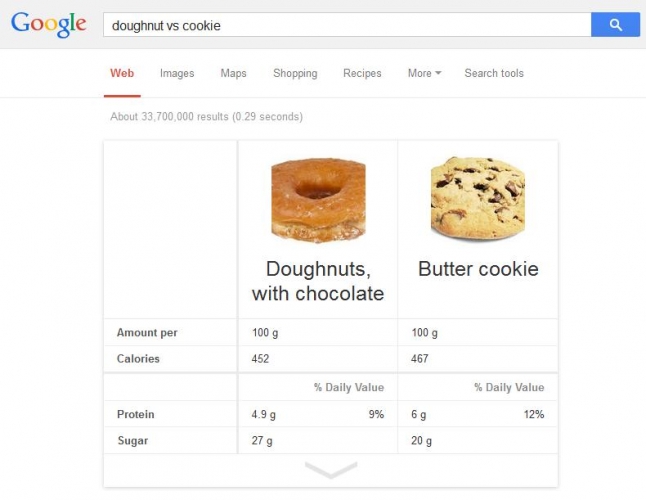What to know about Google Hummingbird

At the end of September Google announced a major search algorithm update, called Hummingbird. Hummingbird is the first completely new search algorithm Google has debuted since 2001. The goal of Hummingbird is to provide “precise and fast” results for increasingly complex searches. As more and more searches are being submitted from mobile devices, particularly talk-to-search, and the ways that users interact with Google is changing, Google is evolving their search results to work better with these types of searches.
In order to get a better idea of how Hummingbird works, let’s pretend that a user in Los Angeles is trying to find a great bakery nearby. On a computer with full keyboard, they may go to Google and search for “Bakery Los Angeles” and look through the results. However, on a mobile device, especially using talk-to-search, it’s much more likely they may search for something like “What good bakeries are nearby?” Hummingbird is able to analyze this search more completely to find the best results. In doing so, Google is trying to downplay the importance of individual keywords, and focus on goal of the entire search query. Google is trying to understand what the user is actually looking for with the search, rather than just guessing based on keyword matching. Once the user has tracked down a bakery that looks good, they once again turn to Google to help them decide what to order. Torn between two of their favorite sweets they do a quick search to help make a decision. Asking their phone “doughnut vs. cookie” brings up something like this

The user is quickly able to realize that the delicious looking doughnut has fewer calories, less carbs, more iron and magnesium than the cookie, and that’s all the flimsy excuse they need to go order a dozen. Google predicted what the overall meaning of the search “Doughnut vs Cookie” was and rather than just supply websites that mentions “doughnuts” and “cookies” on the site, it pulled up a side by side comparison to give the information it thought was being looked for in the search. This illustrates just one of the more overt examples of the goal behind the hummingbird algorithm.
So what does the Hummingbird update mean for your business? If your organic rankings have not already dropped due to Hummingbird, they are not likely going to. Although Google only went public with this algorithm in September they revealed Hummingbird had actually been in use for over a month before the reveal. This means that if you haven’t noticed a significant decline in traffic yet, there won’t be one coming. Google stresses that with this update, the core tenets of search engine optimization haven’t changed, the most important one being that your site provides clear, useful, and original content.
However, there are some actions you can take to help take advantage of this new update. Look over your primary pages and make sure that they are answering the classic 5 Ws (who, what, where, when, why). Who needs your product or service? What exactly does it do? Where would someone use or apply your product? When is the best time to order or use your product? Why does your product work the way it does? If there isn’t a good place to answer these questions, set one up, keep your FAQ up to date, or write a blog post on a common question. With Hummingbird, Google is trying to reward better content over pure keyword relevance. Consider utilizing longer keyword phrases and synonyms for keywords, as those are now also considered in Google’s algorithm. Finally, don’t forget to make sure that your site is mobile friendly, as that is one of the underlying reasons for Google’s latest update in the first place.

